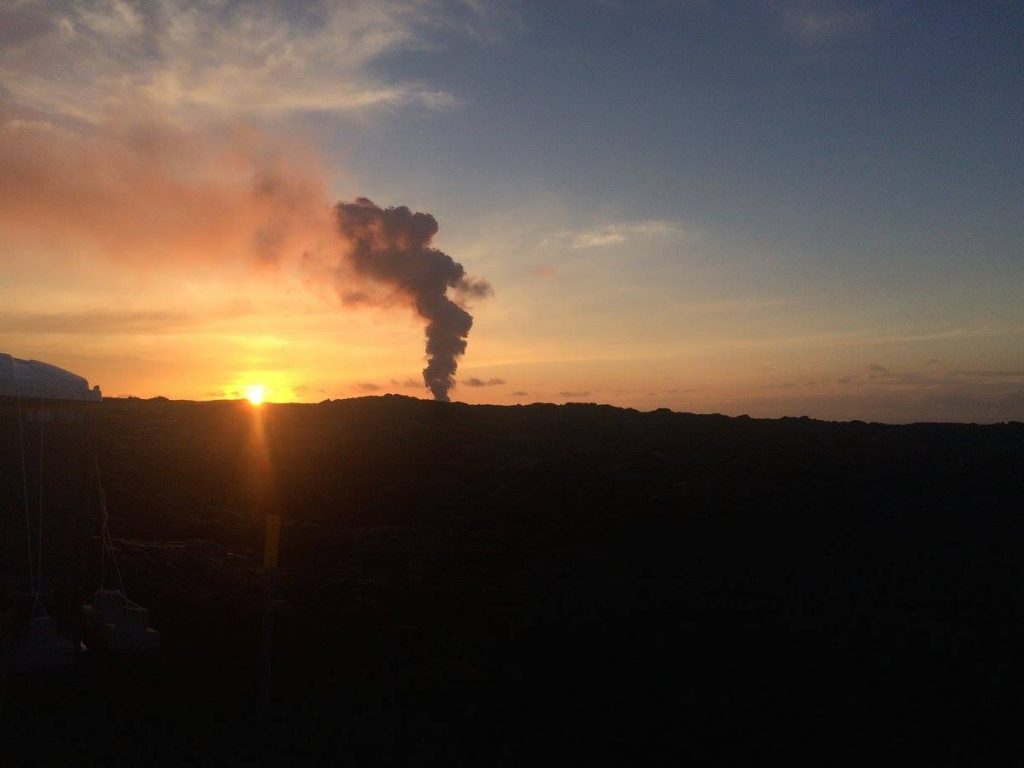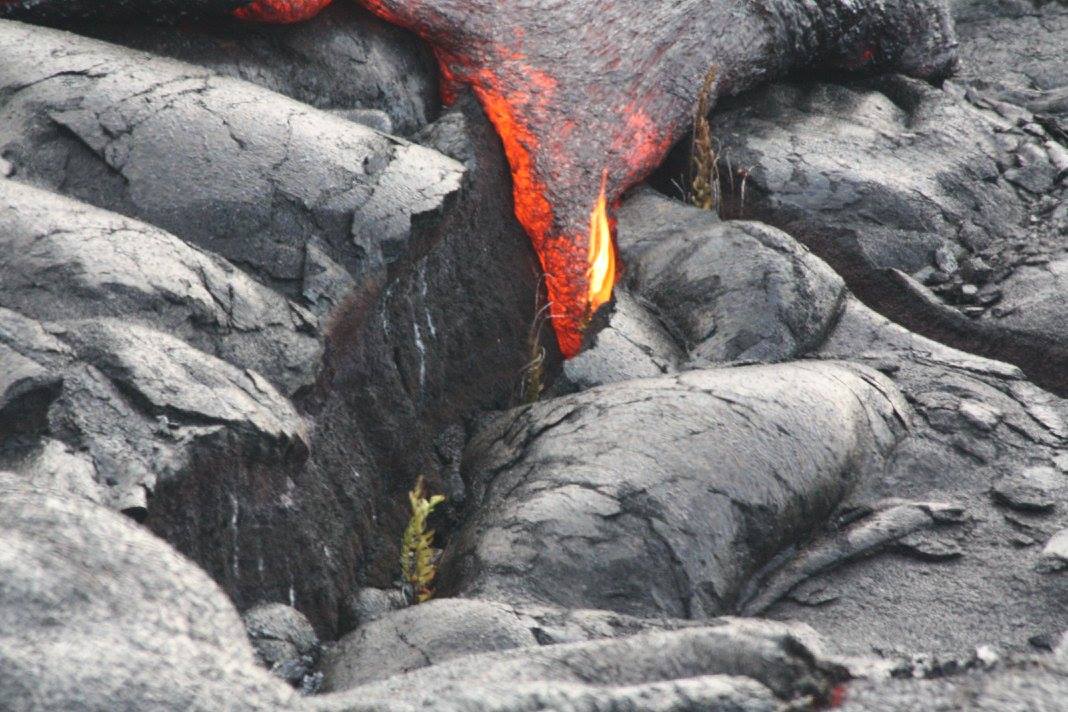What Does Lava Smell Like?
In May 2017, we hiked over Kilauea’s eastern slopes to intercept the 61G lava flow. The flow, which issued from the Pu’u O’o vent, had been showing stunning displays of activity for several months. Out of my many visits to Kilauea, this would be the first time that we would get to experience an active lava flow, and all the sights, sounds, and smells that came with it. I knew what molten lava looked and sounded like from the thousands of videos I had watched over the years. But I was curious— what does molten lava smell like?

We met a group of friends at the bottom of Chain of Craters Road before the sun had risen. The ocean crashed against the lava cliffs to our east and a swath of stars stretched out in a band overhead. Making sure we each had plenty of water, food, and sunscreen in our packs, we set out in the dark. Only our headlamps and the red rivers of lava cascading down the pali, six miles away, lit our path.
Exploring Wheeler Geologic Area
Wheeler Geologic Area was created from the fallout of Earth’s largest explosive eruption. When La Garita Caldera exploded millennia ago, it deposited 1,200 cubic meters of volcanic material throughout the state of Colorado. The Fish Canyon Tuff, as it has come to be known, can most easily be seen here at Wheeler Geologic Area. Nestled deep in Colorado’s San Juan Mountains, the tuff here has been well preserved over the years due to the surrounding valley. Wind and water have weathered the tuff over time, sculpting a dramatic landscape of spires.
Not very many visitors brave the 14-mile service road or 16-mile hike through the volcanic landscape. We not only love to explore volcanoes, but we love to discover the side of them that many people don’t get to see. Five of us began our hike at dawn from Hanson’s Mill, through thick forest and over age-old lava flows. (Catch up on the first part of our adventure here.) With the first stretch of our journey under our belts, we set off to explore the tuff formations at Wheeler Geologic Area.
Dragon’s Eggs
The trail rose steeply as we entered the 640-acre geologic area. Eroded tuff and ash covered the trail. It making it as slippery as a sand dune in places. Forest and foliage had taken root in the ashy soil and pines towered high above our heads. A creek bubbled across the trail and we hopped it, heading deeper into the monument.


